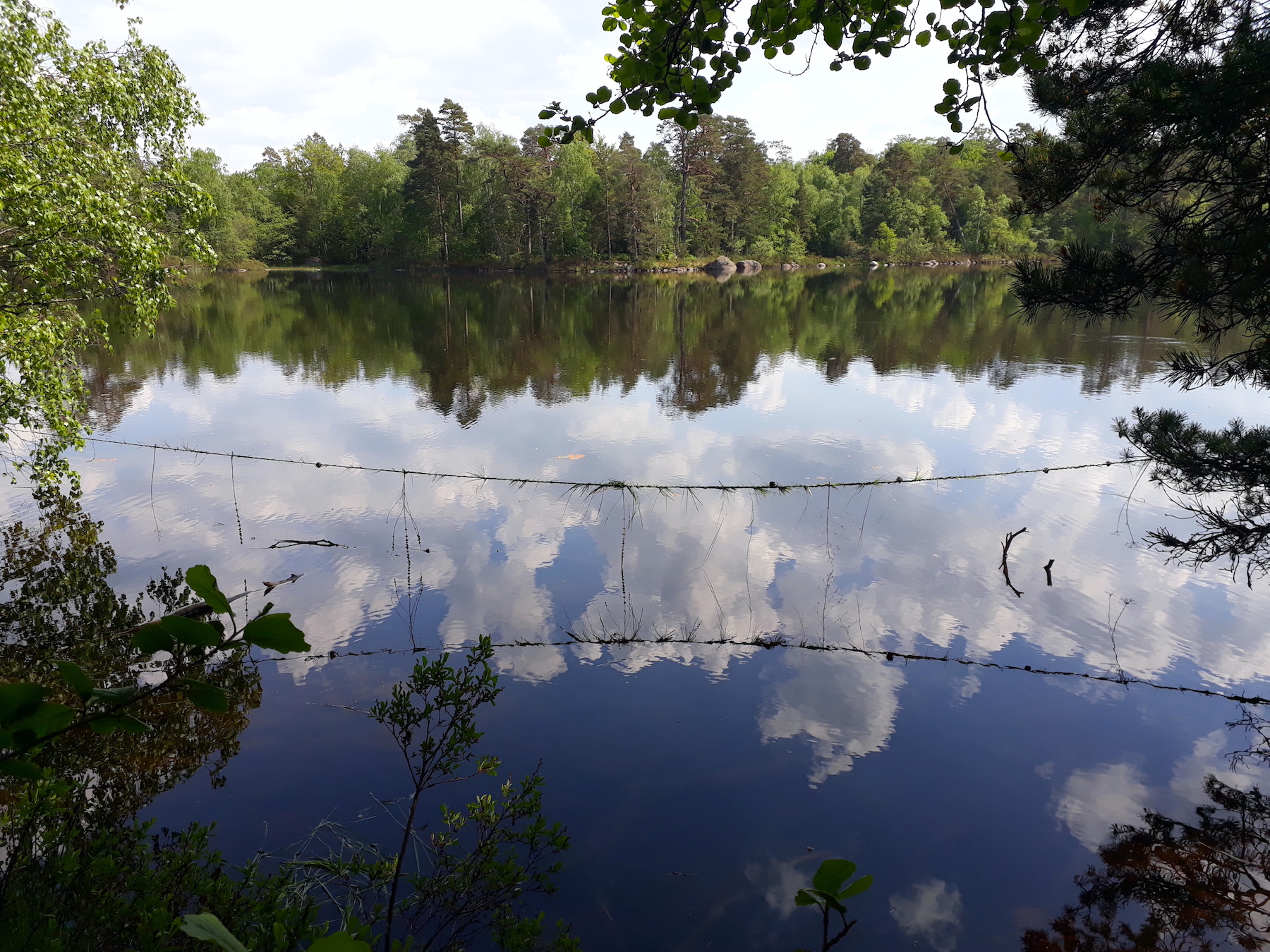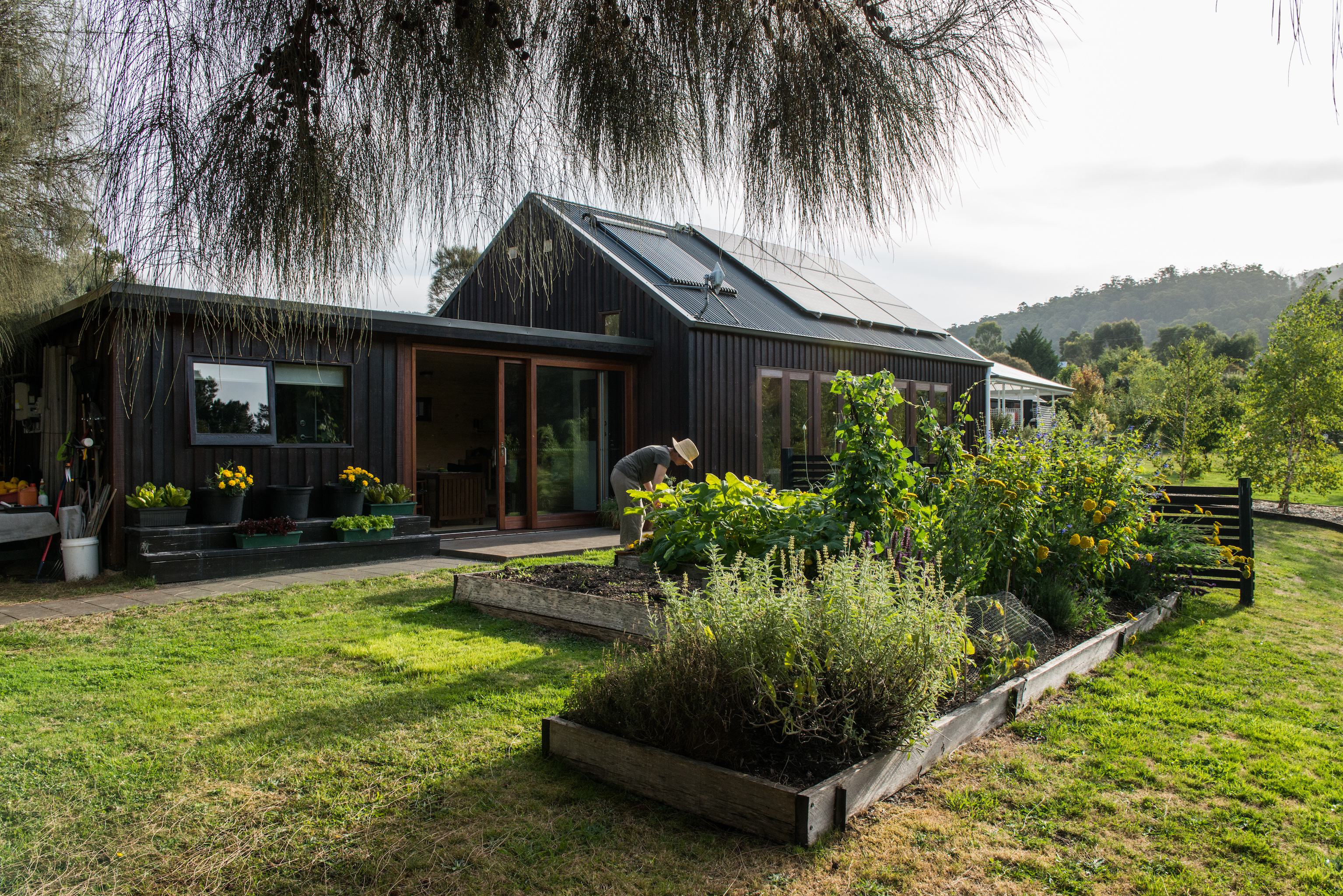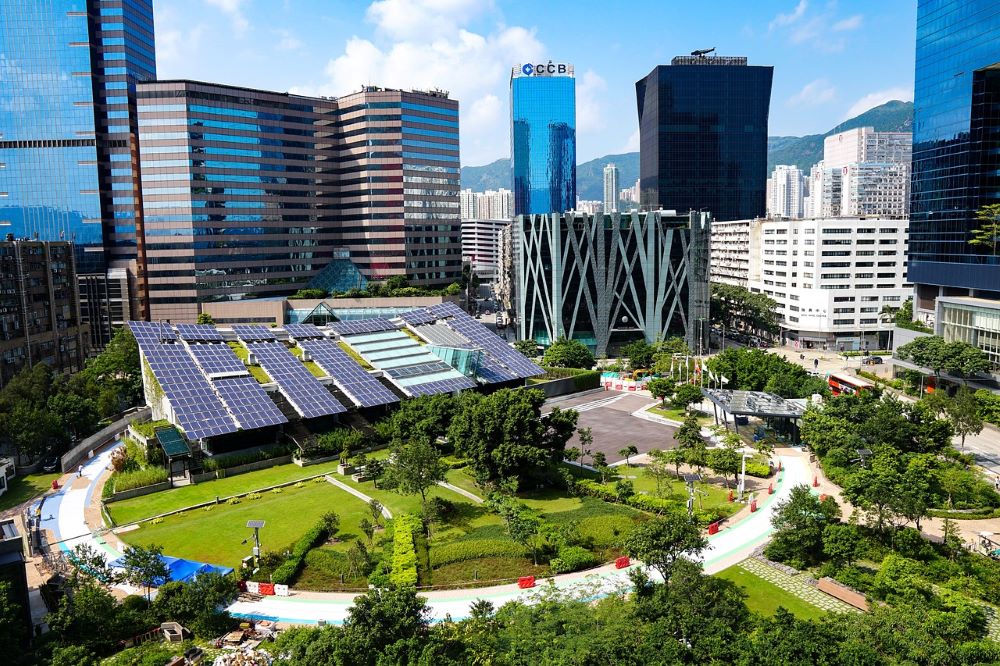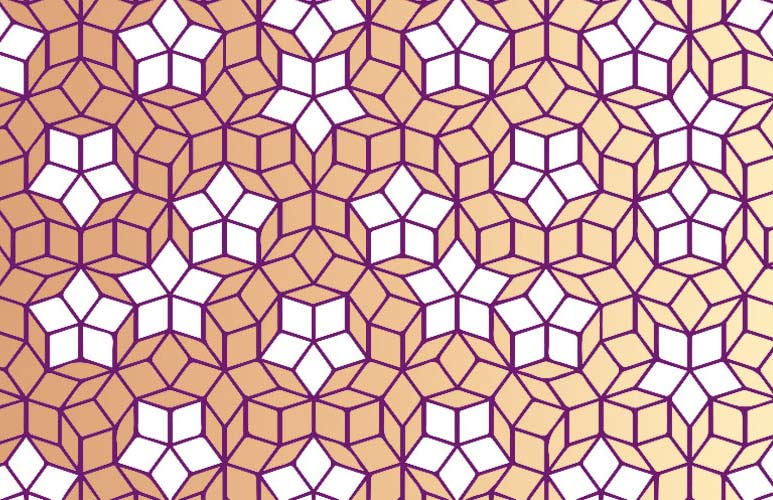Resilience – the property of being able to rebound after a shock or disturbance – has its origins in materials science and psychology. You may recognise the term applied to career development, business supply chains, farming, disaster recovery and more. Our focus on resilience here, however, is as an emergent property of social-ecological systems. Carl Folke, co-founder of the Stockholm Resilience Centre (SRC), describes resilience as:
... the capacity to persist in the face of change, to continue to develop with ever changing environments. Resilience thinking is about how periods of gradual changes interact with abrupt changes, and the capacity of people, communities, societies, cultures to adapt or even transform into new development pathways.
(Folke, 2016).
To learn more about resilience in social-ecological systems, you can access the SRC’s handy resilience dictionary.
 Figure 1: This multi-lake nature reserve in Sweden is a typical social-ecological system managed for ecosystems, water supply, hydroelectricity and human activities.
Figure 1: This multi-lake nature reserve in Sweden is a typical social-ecological system managed for ecosystems, water supply, hydroelectricity and human activities.
These systems are part designed and part self-organising, as Anderies and Folke explain:
[t]he designed aspects include both ‘hardware’ (paths, roads, canals, boats, tools, buildings) and ‘software’ (norms, rules, networks of shared meanings, ‘culture’) that entangle humans with the biosphere.
(Anderies & Folke, 2024, p. 4)
Even if we are committed to sustainability as designers, human-driven changes to Earth systems – such as atmosphere, oceans, biodiversity, water cycles, land use and so on – are now so rapid and interlocked that the contexts for which we design are far from stable or predictable.
Resilience, as Walker and Salt (2006) stressed, is a pre-condition for sustainability – which we cannot ‘design in’ or hardwire with absolute certainty. Resilience thinking challenges us to accept complexity, uncertainty and the need for diverse, cross-scale knowledge of systems in specific places over time.
Working with resilience in design
The goal of my design practice is to integrate housing, food, energy, biodiversity and community resilience – social-ecological systems on which we all depend. However, design professionals working with services and hardware such as products and buildings typically prioritise the social and technical aspects of systems. Creating conditions for resilience requires us to develop and practise ecologically literate ways of designing integral to our human concerns, as systems scientist Fritjof Capra sets out:
Design, in the broadest sense, consists in shaping flows of energy and materials for human purposes. Ecodesign is a process in which our human purposes are carefully meshed with the larger patterns and flows of the natural world. Ecodesign principles reflect the principles of organization that nature has evolved to sustain the web of life.
(Capra, 2002, p. 203).
What does this look like in practice? I will now outline how I’ve applied Capra’s six principles of ecology (2002, p. 202) at the ‘house that feeds’ (the home and lab I designed in 2011 for experimenting with ecological living in lutruwita / Tasmania).
 Figure 2: Your bioregional food system is a great starting point for exploring and understanding the many social, cultural and ecological connections in systems and how they can build resilience.
Figure 2: Your bioregional food system is a great starting point for exploring and understanding the many social, cultural and ecological connections in systems and how they can build resilience.
-
Networks
The house that feeds is made up of systems within systems and is connected to local and regional food, energy and transport networks. It is designed to be interdependent with its community and bioregion rather than self-sufficient, which can mean more vulnerable.
-
Cycles
Water is collected on-site and circulated for house and garden use; wastewater is treated and circulated for irrigation. Nutrients enter the system as manures and mulches to grow food and organic material is circulated via composting.
-
Solar energy
The sun’s energy is captured to produce electricity for the house and electric vehicle; surplus is fed to the grid. Solar energy heats water and the concrete floor of the house. The sun also co-produces our food via photosynthesis in the garden.
-
Partnership
The system is shared with many other partners – all the plant and animal species co-existing on the site – including pollinators and habitat for wildlife. The household is also part of the local community which shares know-how, tools, labour, food, care, and support.
-
Diversity
The system fosters diversity in a range of habitat and food crops, and materially in its multi-use spaces for different seasons. There are multiple sources of energy and water given diversity is required for redundancy – or having back-up in case of system element failure(s).
-
Dynamic balance
All the sub-systems making up the house that feeds are constantly fluctuating. Solar energy and water supply are subject to the weather and climate which are becoming more extreme. Food crops sometimes thrive and sometimes struggle. Every part of the system is designed to adapt as far as possible, to absorb shocks and carry on functioning.
Resilience thinking, coupled with ecological design principles, provides us with essential tools for system observation and analysis and designing with an acceptance of change, uncertainty and the need for continuous learning with diverse knowledge holders. Resilience also invites us to design with humility and anticipation in the destabilised biosphere.





Rate and Review
Rate this article
Review this article
Log into OpenLearn to leave reviews and join in the conversation.
Article reviews